Lima Tourism Information

The capital of Peru, is often overlooked by many visitors who come to the country mainy to explore the Inca remains of Machu Picchu. However, stopping in Lima on your way will proof a very interesting city to explore and see how life is in the Peruvian capital. It's very noticeable the influence of the Spanish Conquest era on it's buildings and architecture.
The city might be daunting by it's size, but in fact all you need to see is perfectly located within the city centre named the " Centro Historico", Chinatown and a short trip away is San Isidro and Miraflores, the most affluent areas of Lima. In addition, now Lima has started using a metro system which make it easy to travel on the peak time as traffic levels in the city are one of the most congested in South America. Lima is on a cliff to the Pacific Ocean, making it a breathtaking scene looking downwards the ocean on a clear day.
It's a hectic city where every seems noisy and loud, including the non stop honking of the traffic in the city centre, the pollution also makes it less clean to breath, particularly in the winter months from June to September.
❗Attention: Lima has to be noted for being a city with much poverty and many neighbourhoods lack basic infrastructure like water or gas. One should always stay to the safe zones in Lima and not venture alone at night. Scams and other threats to tourists are only high if they see opportunity to act. Don't let a bad experience ruin a great trip here.
Please read more information regarding "Safety Precautions" in Lima on the next tabs.
Lima offers cheap restaurants with great Peruvian dishes in the historical centre. Also taking tours and some other organised activities will help first time travellers see the nicer side of the city!
Lima's climate is moderate, with soft winters and humid summers. The summer takes place December to March where it is often warm and humid. Temperatures on average are 27°C. However it can be very cloudy and in the capital it can rain often.
The best time to visit Lima is during the winter from April to November, being drier and temperatures around 15-22°C.
Arriving from the Airport, there is now a new recently introduced express bus which takes around 60 minutes to reach central Lima, and has 4 stops around Miraflores, the most popular area for tourists. The cost is 20 soles ($6) one way. Buy your tickets at the arrivals, after the customs clearance but before you leave the arrival hall, you will see lots of transport offices. Buy the ticket from the blue counter, which says Airport Express.
Another option is to take a taxi which can cost around 50-80 soles ($20-25) depending on the company. Agree the fare before you travel and be aware than taking luggage will often cost more. They are also planning to build the metro, to reach the airport in the future.
Once in the city, the public transportation comprises metro, metrobus (dedicated bus lanes) and micro busses. The most common transport is however the micros and combis. The micro's are small busses whilst the combis are more like vans.The destination of the services is written at the front of the bus or by a number. This can be daunting for a visitor and a little unsafe they are, trying to figure out if it goes to your destination might attract pickpockets. Also drivers will not speak any English and drive very quick, starting the journey even when you have just got in! If this wasn't enough to put you off from combis or micros, they are often very full and having to stand in a reduced space.
Clearly it's not recommended for tourists to venture on them unless you travel with the locals.
Many pickpockets travel on the combis specially if you are going to other poorer districts of Lima. The fares are very cheap however, less then $0.25, but it's risky transport.
There is now a Metro system called Metropolitano, consisting of only 2 lines at the moment till more lines are built and completed. However it does not pass by places of interest under a tourist point of view. In the future it will link with the airport which will make the commute a lot easier for visitors. Also the Metropolitano includes the busses, which use dedicated expressways and lanes in the city. To buy the e-card for Lima it costs 4.50 Soles and you can upload load it with cash for multiple journeys. It can be used on metropolitano busses (express and normal) plus the metro. (Single trips costing from 1.50 to 2.50 Soles).
✔️Tip: Bus line 301 operates from the historical city centre right down to the popular upmarket area of Miraflores and the Larcomar shopping centre. For 1.50 Soles it's a very economical trip, around 40 min and safer than other local busses or vans. Get it from the centre at this location on Google maps.
Another tip is to use the website or APP Redbus.pe for travel information, bus times and fares all over Peru.
Below you will find the timetables of the airport express, the Metropolitano Bus Express maps and the lines 1 and 2 of metro plan.
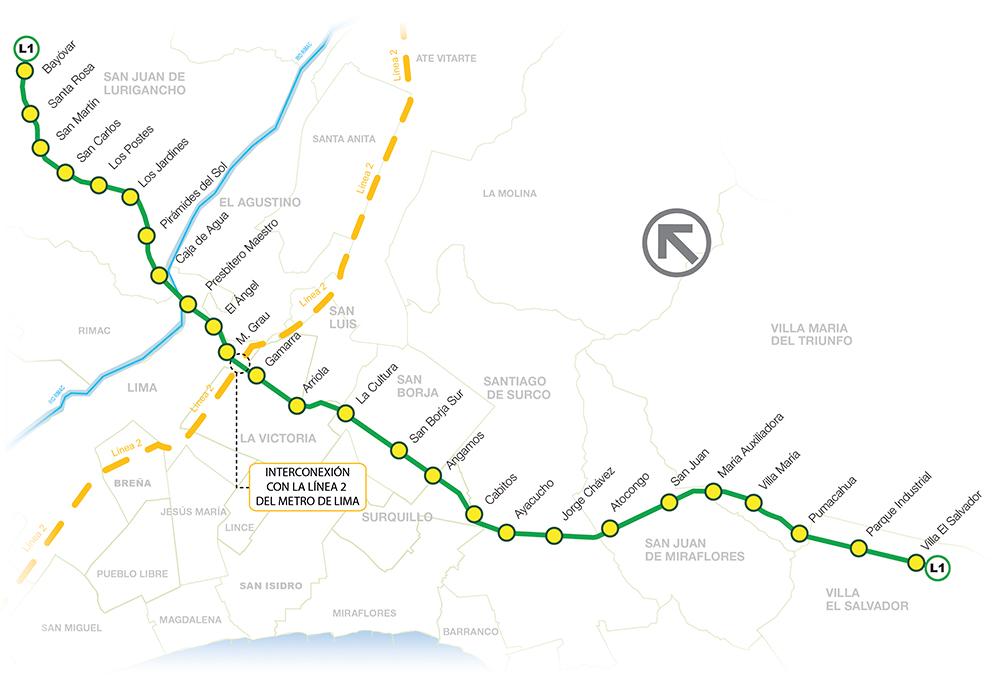
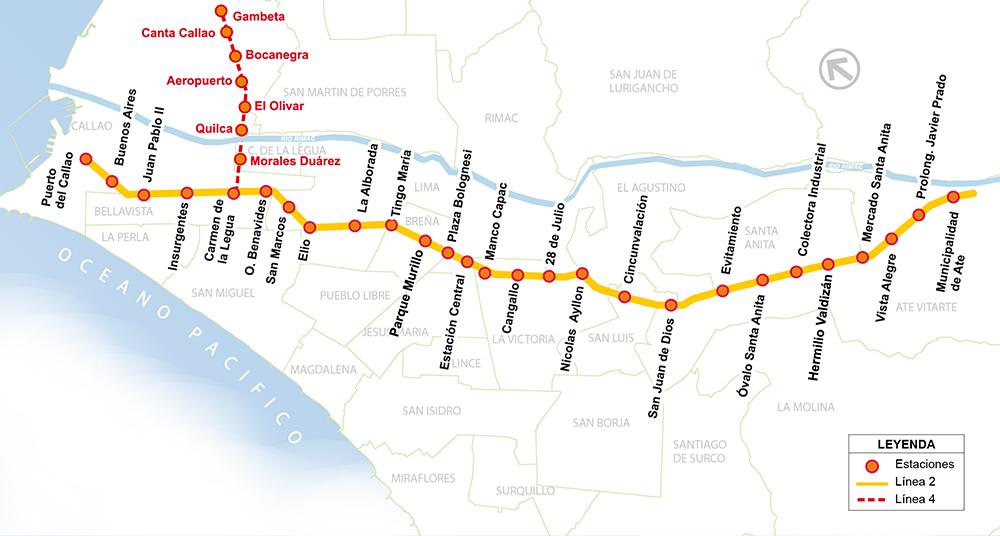
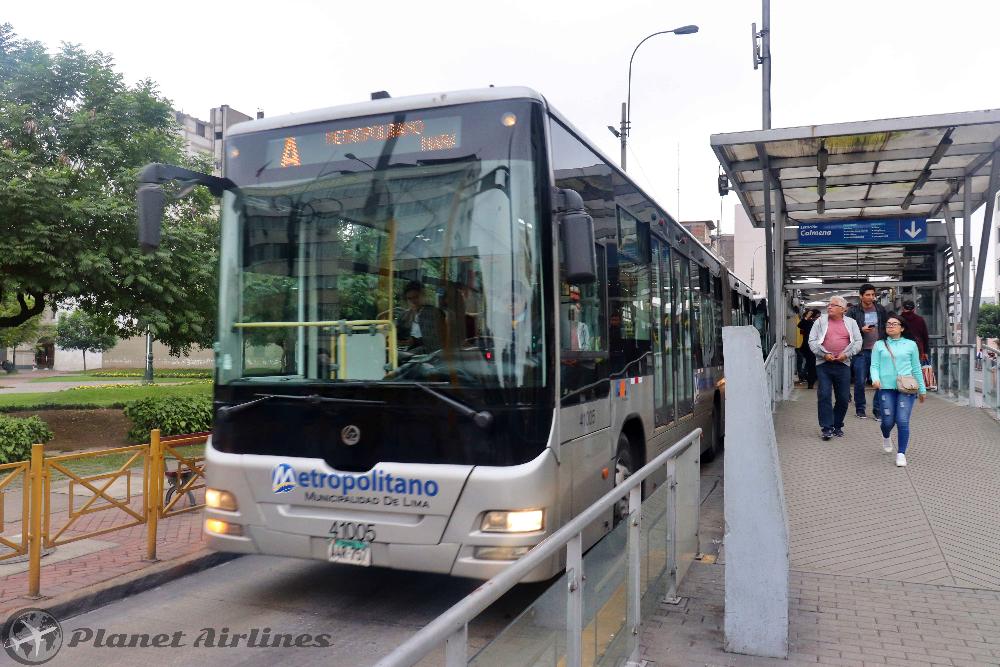
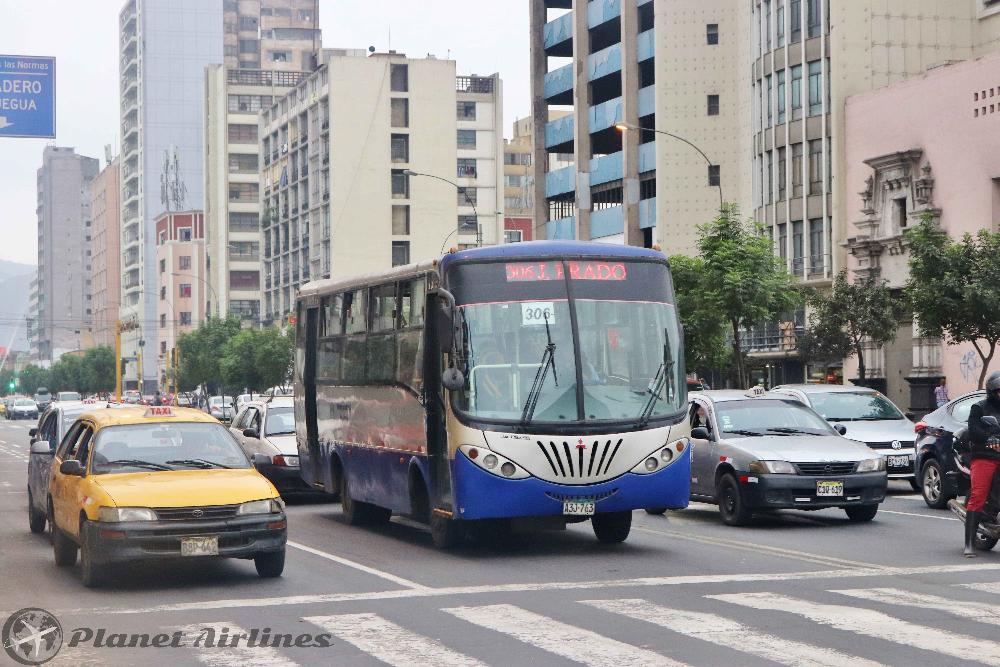
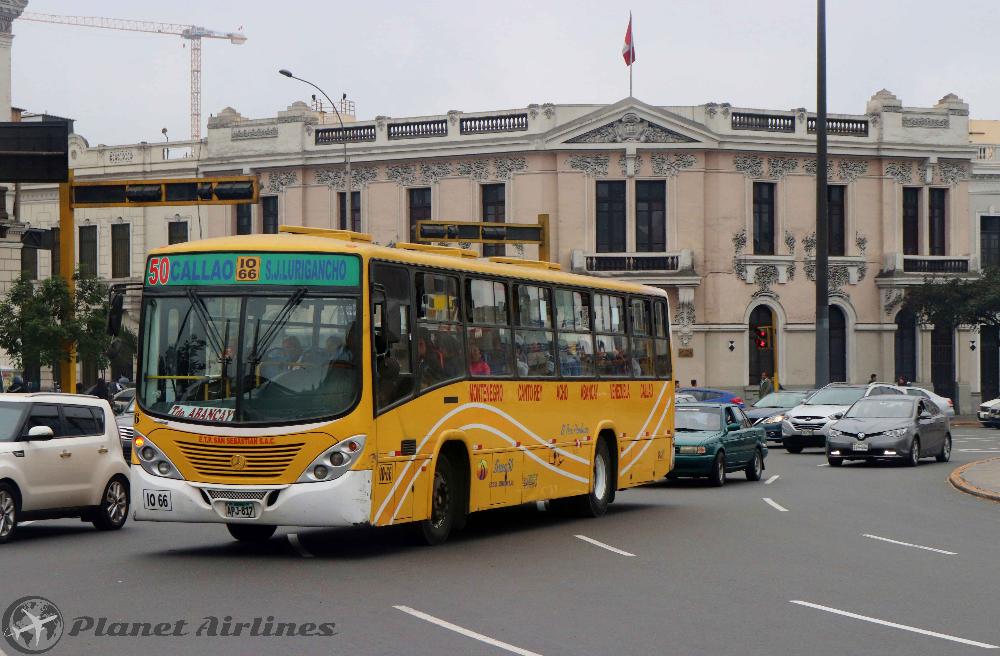
Lima being the capital of Peru attracts a lot of lower classes which sadly have resorted to crime and violence. Also there is an added level of immigration now in Lima from other countries, specially Venezuela which has made the city increase dramatically its population without being able to cope with the demand for employment, aid and resources.
However, Lima should still be visited and included on your itineraries. Just watching out and paying some extra care will result in a trouble free experience.
There are some things to consider when you visit and specially, most importantly the areas which you are staying and moving around.
There are safe neighborhoods in Lima that tourists should remain in for accommodation like Miraflores or San Isidro. But even here, thieves roam the streets looking for tourists to target. If you get approached by a “friendly” stranger, be very careful. And, if the person asks you to get in a taxi to visit another part of the city, do not get in the taxi. This could be a scheme to rob you. Never be lured to unknown areas by anyone that you do not know, no matter how friendly the person appears to be.
At night, the central historic district is dangerous. It’s best to stay in the suburbs like Miraflores to spend your night there. However, always be aware of where your wallet, ID, and passport are if you take them with you while in Lima. Its' probably a better idea to leave any valuables in the hotel and only take small cash.
Areas to be totally avoided in Lima are San Juan de Miraflores, Callao and La Victoria amongst the most central. Naturally, all other suburbs have a moderate level of crime and danger for foreigners.
There are also numerous road hazards in Lima. This is because traffic is a concern plus taxi drivers have a reputation for taking advantage of tourists. If you only speak English and do not have a specific price in mind for your fare, you could pay as much as triple the standard rate. Be firm and be willing to negotiate the price, even if the driver is initially resistant.
The other danger with taxi drivers is that some are involved in a theft scheme. Stay safe by hiding your valuable items and not keeping them in plain view. That way, if the driver is involved in a scheme, he cannot tip off a partner to smash the window and steal your items. In this scenario, it's always better to reserve a taxi via your hotel or via Uber APP.
Also, particularly for women, it's common for bike riders to snatch your bag whilst on the road. To avoid this always carry and wear bags inside to the road.
The last warning, is to not trust people unless they are staff members or certified tour guides. Be aware of people who make claims that sound too good to be true and trying to stop you for help, signatures or random questions.. This will help you stay safe in Lima and avoid dangers.
Lima has much to offer to the visitor in relation to museums, open squares and exhibitions. Coming to Lima is essential to understand how the city started and how the Spanish made Lima it's capital. The main historical centre is located in the Old Quarter. (Centro Historico) where it's a must to start your trip here and visit.
Below are the main sights and attractions to see in Lima in more detail:
- Centro Historico: The centre of Lima starts here, it is the birthplace of the city. The main point is the Plaza de Armas, the main square. Around it you will see the Convento de San Francisco, Saint Francis Monastery. Palacio del Gobernador, Government Palace also known as House of Pizarro, it's the executive branch of the Peruvian Government and the official residence of the President of Peru. Basilica Catedral is a Roman Catholic cathedral, first constructed in 1535. Palacio de la Unión, inaugurated in 1942 and considered a Monument of National Heritage. Also nearby is Torre Tagle, a Spanish Baroque palace located in the Old Quarter, home to the Peruvian Ministry of Foreign Affairs.



- Plaza San Martin, surrounded by governmental buildings and nearby shopping streets. From here you can access also to the historic centre from "Gran Via" street, which is very popular for general shopping, some local restaurants and souvenirs.


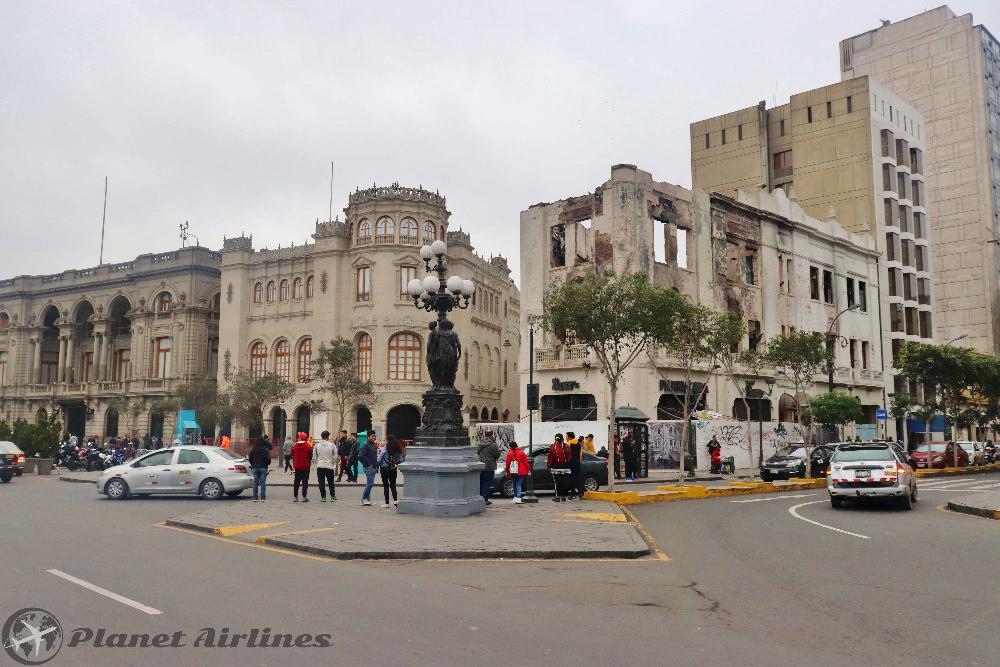
- Museo de la Nación, Museum of the Nation is the largest of the two major museums of Peruvian history. Get there by metro line 1 to La Cultura station.
- El Barrio Chino, China town, Peru has strong Asian influence from both China and Japan, many restaurants and shops selling authentic Asian products can be found. Weekends are the busiest days with not only the Chinatown full of shoppers but there are many locals and visitors who come to the neighboring streets to buy other cheap local produce, clothes, electronics and many kind of products available from market stans style shops. Note that the area can be extremely busy, thus also taking care of possessions and watch out for pickpockets or scammers.
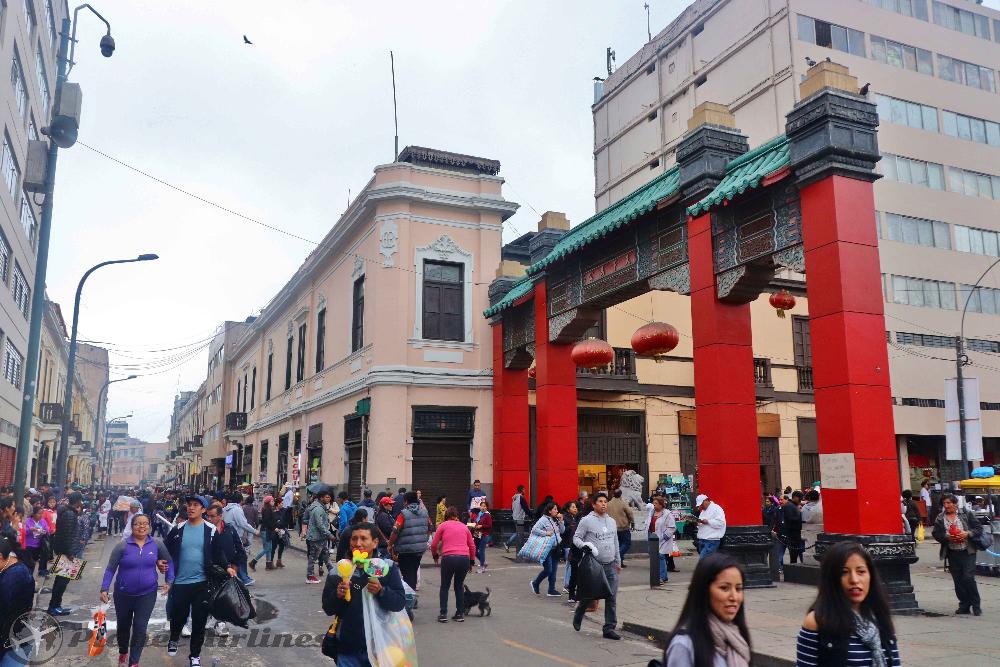
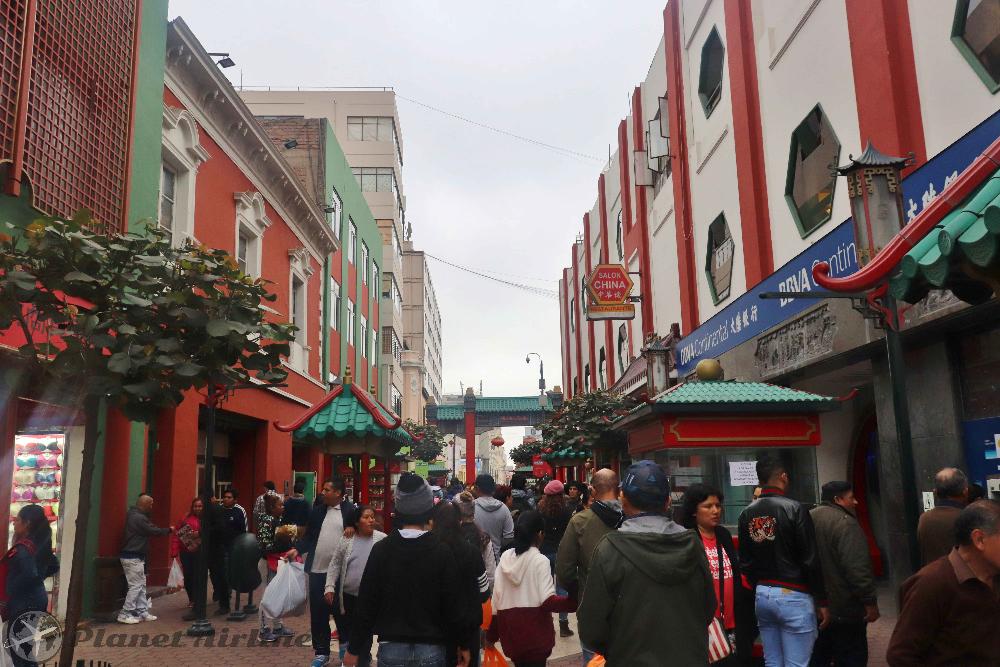
- Miraflores and Larcomar: Miraflores is the more affluent area of Lima. Also its the centre of commerce, tourism and where most Hotels are based. The area is also good for safety and going out at night. It is the high end of Lima with numerous residential apartments also.It attracts most tourists and locals for it's peaceful walks along the cliffs overlooking the Pacific Ocean. It's a safe area, where also all the night life takes places, with many clubs and restaurants opening late.
Larcomar is the name of the shopping centre which is located over the cliffs. It boosts international brands for shopping and fine dining in a modern design with great views!
To get to Larcomar by public transport you can take bus 301.
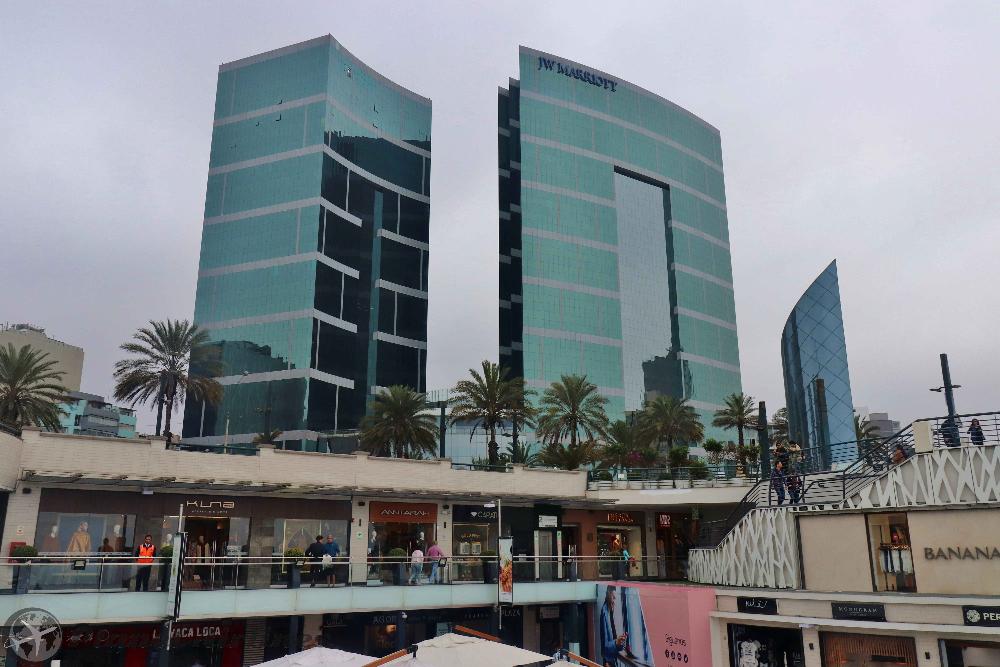
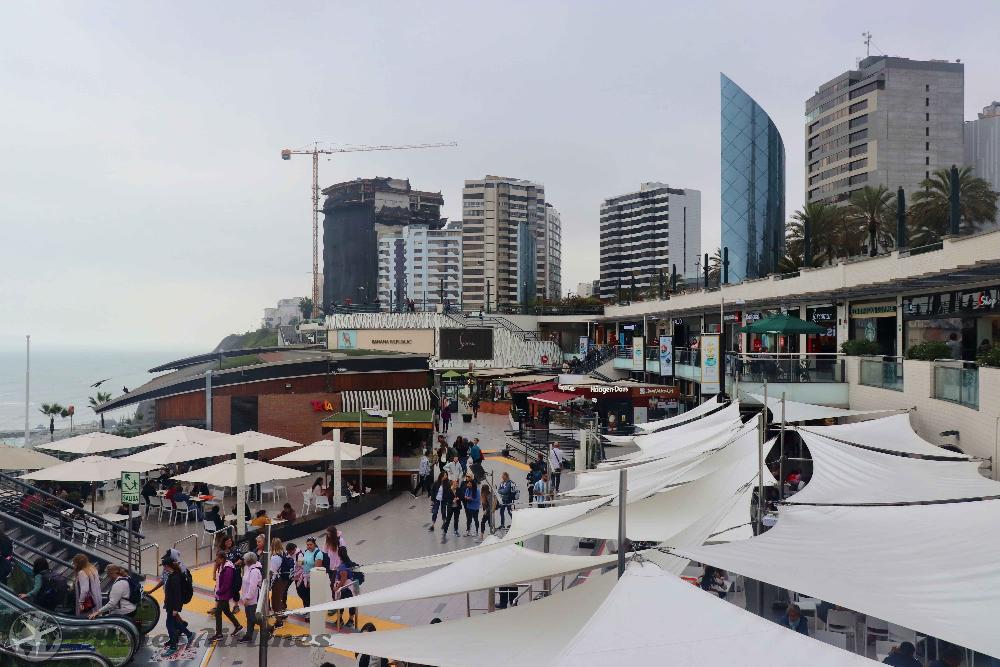

It's a good idea to stay in the capital and take a tour or two that include some of Peru's most interesting regions like the sunny beach town of Paracas or explore Peru’s biggest protected desert reserve, the Paracas National Reserve, and the Ballestas Islands, known as the “Poor Man’s Galapagos”, home to over 400 species of wildlife!
For more information regarding the tours and bookings please visit: Peruhop.com
Despite the repeated safety warnings Lima has a fun and varied nightlife, and its locals to love a good party. Generally speaking, they're very welcoming of foreigners. Miraflores is the best party district, and has some fantastic bars and salsa clubs. Visitors must be well-dressed to gain entrance to most seaside establishments.
The capital is easily the most progressive city in an otherwise conservative country. 🌈Many of its nightclubs welcome gay and lesbian patrons, especially in Miraflores.
Barranco's after-dark spots are also worth visiting, some of which can be found on the coast, near the Puente de los Suspiros (Bridge of Sighs). Bars tend to open at 8pm or 9pm, but many nightclubs and live music venues only open at 10pm or later.
Casinos are quite popular in Lima (and Peru) and many of the larger, upmarket hotels have casinos attached, specially along MIraflores area and San Isidro.
❗Attention: When going out at night, foreigners should strictly stick to MIraflores area. If you need to get back, only order pre-booked taxis or by Uber APP. Also, don't walk alone if possible and away from main streets. Attention should be given in night clubs and locals venues when taking drinks that nobody tries to "spice" them up!
The shopping scene in Lima is diverse and fits any kind of budget. The city has a few surprises tucked away and shoppers will be happy to know that there are now many new shopping malls opening up in a city. Customs are changing as locals used to rely entirely on local markets for their shopping needs.
However, to experience safe shopping, it's best to stay within the tourist areas of Lima. You will be able to find your typical western malls and high street brands with many international well known names. Avenida de la Paz in Miraflores is known for its antique shops. The biggest shopping centre in this area is Larcomar, which has great views over the ocean, in addition to offering great dining opportunities and cafes. Designer boutiques can be found at Calle de Los Conquistadores in San Isidro. Craft shops abound, offering colorful handmade souvenirs like soft baby alpaca garments.
For other shopping, you can head to Chinatown and the markets which are held there daily. But note the area is more prone for pickpockets. Don't expose valuables, cameras or phones.
There is a big difference of accommodation options in Lima. Depending mostly where you are staying. Miraflores and San Isidro are the most expensive areas to stay, with Hotels costing around €30-40 per night. However it's also the safest area and its probably best recommended to spend the extra money for that safety comfort.
Also private accommodation like Airbnb and flats are available if you are staying longer.
Accommodation in the historic centre, generally speaking is cheaper, with budget hotels and hostels offering basic standards. Hotels in the historic centre can be as little as €20 a night.
✔️Tip: When leaving your accommodation, always its advised to lock your luggage and don't expose any valuables. Close windows and draw curtains.
If sharing in hostels ask the reception to safe-keep any valuables you have (for a charge).
Lima is a huge city in size, but despite this, the tourist safe areas are all within the historic centre and Miraflores where most sites, museums and points of interest are located.
Staying in the city for a couple of nights is enough and then travelling onwards to other cities is the plan which most tourists make.
Alternatively you can make Lima, your base, and travel light to other cities nearby for around a week.
Lima Photo Slide 📷




















.png)